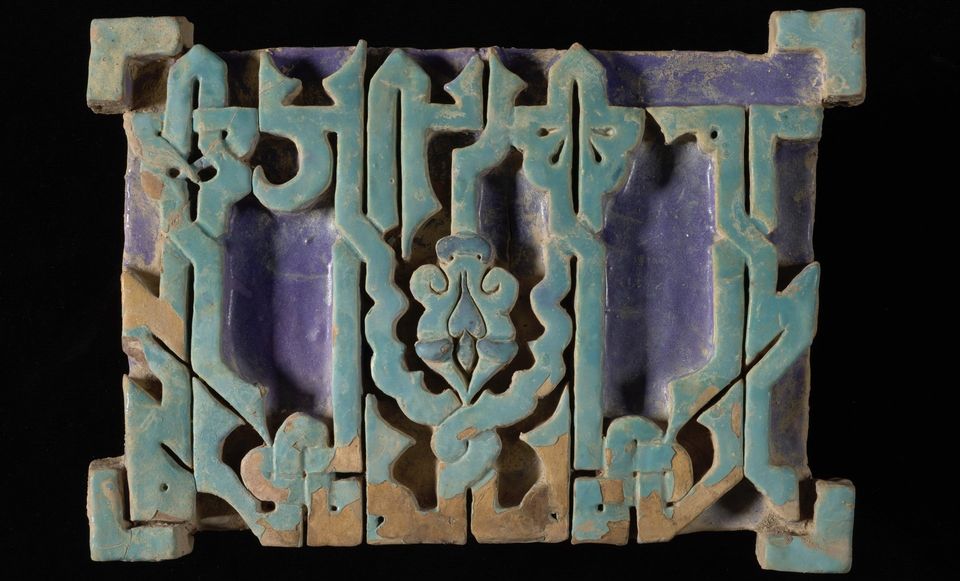Cultural Restitution
SHARE ARTICLE
If you were ever in doubt that a search of personal baggage by a UK Border Force officer at Heathrow would uncover important looted artefacts, think again.
On January 24th this year, while searching the baggage of a passenger arriving at Heathrow on a flight from Dubai, a Border Force officer became suspicious about the date and origins of six large epigraphic glazed tiles. The accompanying paperwork and sales receipt declared the tiles were decorative replicas, ‘made to look old’ and purchased the previous day in Sharjah for 315 DH (the equivalent of about £70). But the officer was not convinced.
The tiles were detained in order that further investigations could identify their true age and provenance. Enquiries soon confirmed the tiles had originally come from Transoxiana, a region centred in present-day Uzbekistan, where there are many important ancient tiled monuments.
In May, the British Museum was alerted and the Museum called on the assistance of colleagues from seven different national museums across the region (which also includes part of Tajikistan, southern Kyrgyzstan and southwest Kazakhstan). As a result, they were able to furnish the Border Force with a full report on the importance of these rare glazed tiles – despite the conditions prevailing during the Covid-19 lockdown.
The passenger refused to make a claim on them, so the tiles were forfeited and the Museum was given responsibility for their repatriation to the Republic of Uzbekistan.
The combination of three coloured glazes – white, turquoise and cobalt blue – dates these tiles to between the end of 13th and the middle of the 14th centuries, a period which began with the establishment of a khanate under Chagatai Khan, a second son of Chinggis (commonly known as Genghis) Khan. All of the tiles are inscribed with Qur’anic inscriptions, but only one is complete.
Uzbek specialists believe that some of these tiles come from the Shah-i Zinda memorial complex located near Samarkand, now listed on the UNESCO list of World Heritage Monuments. Excavated in 1996 and 2000, a number of the glazed artefacts from this site remain unaccounted for and it’s possible these glazed tiles were stolen from the Shah-i Zinda excavations.
The British Museum's engagement with both law enforcement agencies and national governments continues to pay dividends. It has recently signed a memorandum of understanding with the Art and Culture Development Foundation under the Ministry of Culture of the Republic of Uzbekistan to continue their collaboration, identifying and advising on stolen or trafficked items of Uzbek origin. In the meantime, before their return to the Republic of Uzbekistan, the tiles will go on display at the British Museum in December 2020 for a short period.
Photo: Rare glazed tile, Probably from Shah-i Zinda, Uzbekistan, 13th/14th cent
Courtesy of © Trustees of the British Museum 2020
More News




